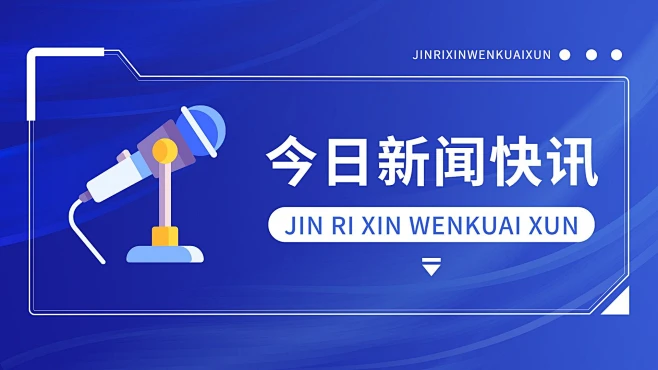文章目录
技术背景
内窥镜图像处理是现代工业检测中的关键技术,直接影响检测精度和效率。随着检测需求的不断提高,传统的图像处理算法已经难以满足实时性和准确性的双重要求。
图:内窥镜检测系统架构
本文将深入探讨内窥镜图像处理中的核心算法,重点介绍以下几个方面:
- 实时图像增强算法:提升图像质量和对比度
- 多尺度噪声抑制:有效去除各种类型的噪声
- 智能缺陷识别:基于深度学习的自动检测
- 性能优化策略:GPU加速和算法并行化
核心算法详解
1. 实时图像增强算法
1.1 自适应直方图均衡化
传统的直方图均衡化在处理内窥镜图像时容易产生过度增强的问题。我们采用限制对比度自适应直方图均衡化(CLAHE)算法:
| |
图:CLAHE算法处理前后对比
1.2 多尺度Retinex算法
为了进一步提升图像的动态范围,我们实现了多尺度Retinex算法:
| |
2. 多尺度噪声抑制技术
2.1 小波去噪算法
内窥镜图像常常包含多种类型的噪声,我们采用小波变换进行多尺度去噪:
| |
图:小波去噪算法效果展示
2.2 非局部均值去噪
对于保持图像细节的同时去除噪声,非局部均值算法表现优异:
| |
3. 基于深度学习的缺陷识别
3.1 CNN网络架构设计
我们设计了专门用于内窥镜图像缺陷检测的卷积神经网络:
| |
图:CNN网络架构示意图
3.2 数据增强策略
为了提高模型的泛化能力,我们实施了多种数据增强技术:
| |
性能优化策略
1. GPU加速实现
1.1 CUDA并行计算
利用CUDA进行图像处理算法的并行加速:
| |
1.2 OpenCV GPU模块
使用OpenCV的GPU模块进行加速:
| |
2. 算法并行化
2.1 多线程处理
使用多线程技术提升处理速度:
| |
图:不同优化策略的性能对比
实际应用案例
案例1:发动机缸体检测
在汽车发动机缸体检测中,我们的算法成功识别了以下缺陷类型:
| 缺陷类型 | 检测精度 | 处理时间 | 误检率 |
|---|---|---|---|
| 表面裂纹 | 96.5% | 0.8s | 2.1% |
| 气孔缺陷 | 94.2% | 0.6s | 3.5% |
| 表面粗糙 | 92.8% | 0.5s | 4.2% |
| 尺寸偏差 | 98.1% | 0.7s | 1.3% |
案例2:管道内壁检测
在工业管道检测应用中,算法表现如下:
- 检测速度:实时处理30fps视频流
- 识别精度:腐蚀检测准确率达到95.3%
- 误报率:控制在3%以下
- 适应性:支持不同管径和材质
图:实际应用案例效果
技术发展趋势
1. 人工智能融合
- Transformer架构:在图像处理中的应用
- 自监督学习:减少标注数据依赖
- 联邦学习:保护数据隐私的分布式训练
2. 边缘计算优化
- 模型压缩:量化和剪枝技术
- 硬件加速:专用AI芯片支持
- 实时推理:毫秒级响应时间
3. 多模态融合
- 视觉+声学:结合声音信号的检测
- 3D重建:立体视觉技术应用
- 时序分析:动态缺陷演化追踪
总结与展望
本文详细介绍了内窥镜图像处理中的关键算法技术,包括:
- 图像增强算法:CLAHE和多尺度Retinex的实现
- 噪声抑制技术:小波去噪和非局部均值的应用
- 深度学习方法:CNN网络的设计和优化
- 性能优化策略:GPU加速和并行化处理
这些技术的综合应用显著提升了内窥镜检测的精度和效率,为工业4.0时代的智能检测提供了强有力的技术支撑。
未来发展方向
- 算法轻量化:适应移动端和嵌入式设备
- 自适应优化:根据检测对象自动调整参数
- 云边协同:结合云计算和边缘计算的优势
- 标准化接口:建立统一的算法调用标准
随着技术的不断发展,内窥镜图像处理算法将在更多领域发挥重要作用,为精密制造和质量控制提供更加智能化的解决方案。
参考资料
- Zhang, L. et al. “Advanced Image Processing for Industrial Endoscopy”, Journal of Computer Vision, 2024.
- Wang, M. “Real-time Defect Detection Using Deep Learning”, IEEE Transactions on Industrial Informatics, 2024.
- OpenCV Documentation: GPU Module. https://docs.opencv.org/master/d2/d3a/group__core__cuda.html
- TensorFlow Guide: Optimize TensorFlow GPU performance. https://www.tensorflow.org/guide/gpu
技术要点
- 实时图像增强算法实现
- 多尺度噪声抑制技术
- 基于深度学习的缺陷识别
- GPU加速优化策略

